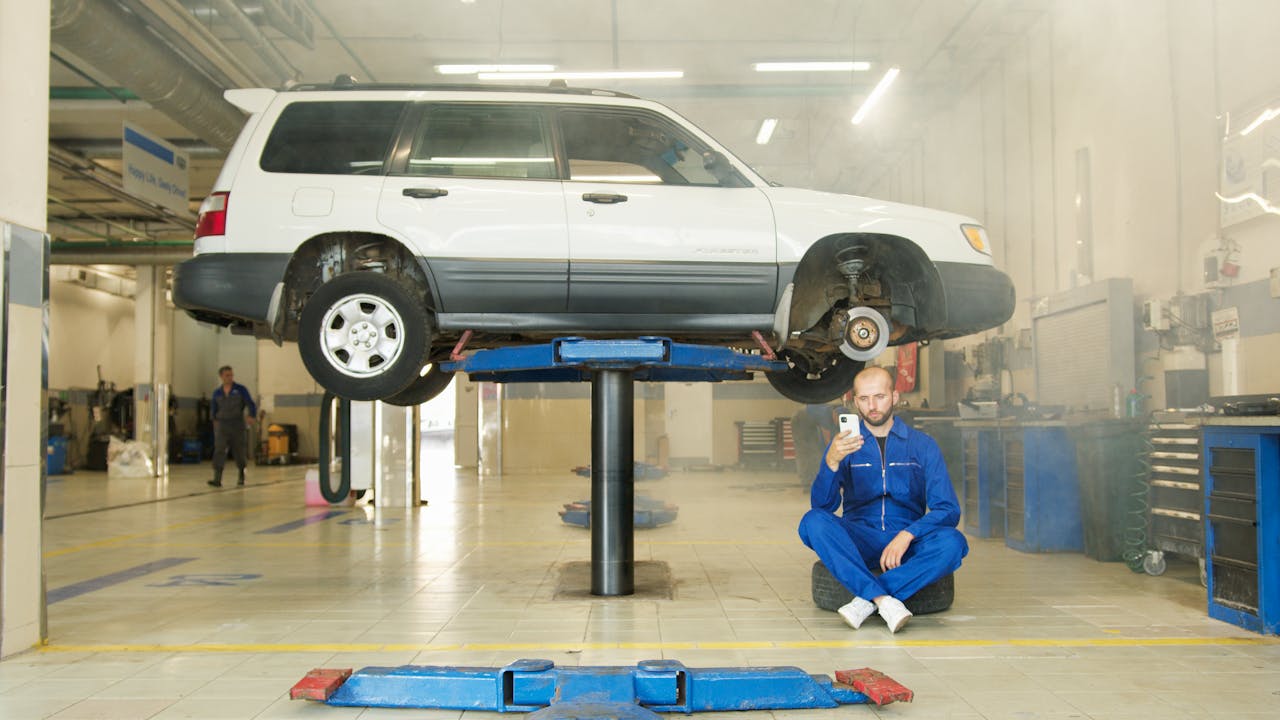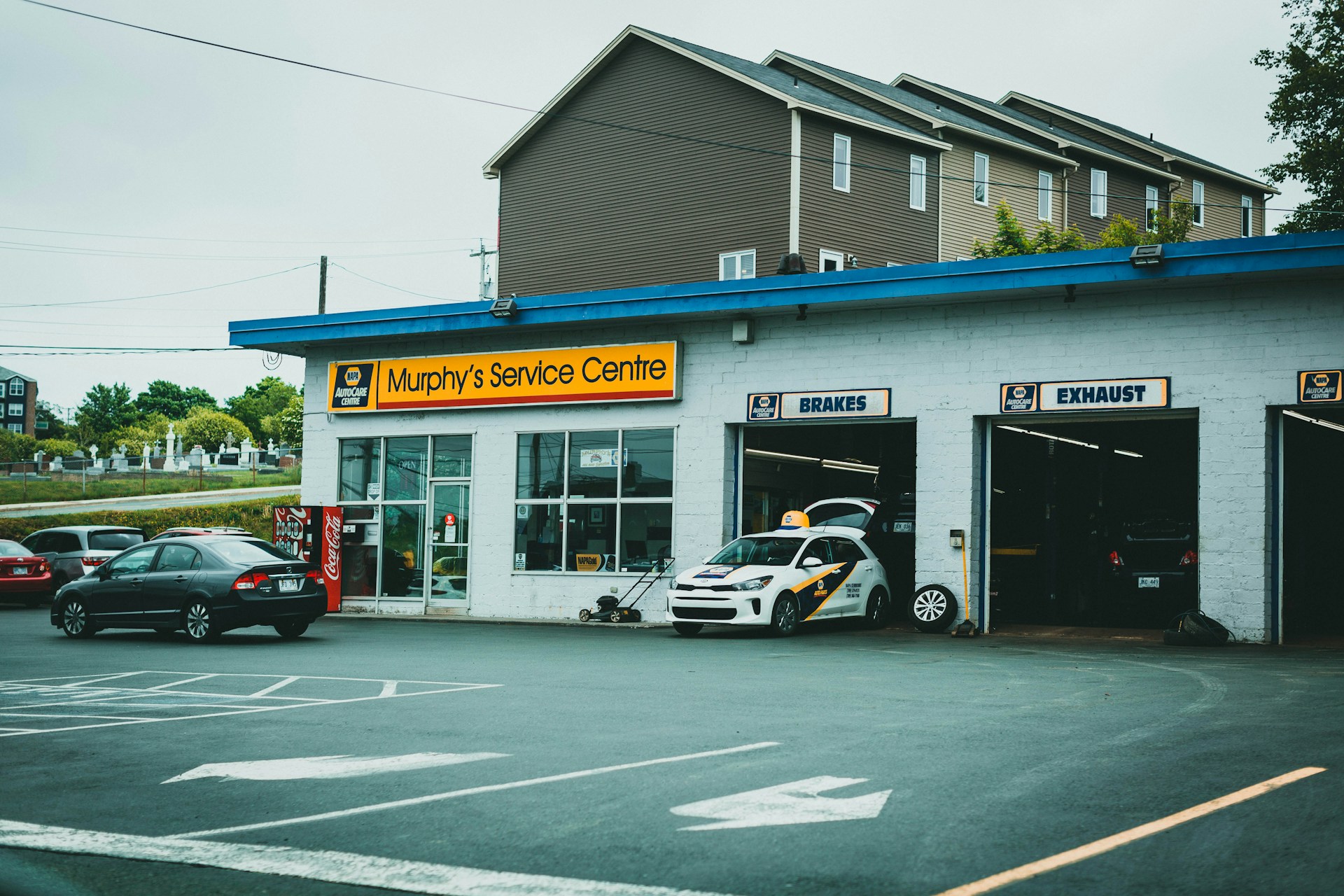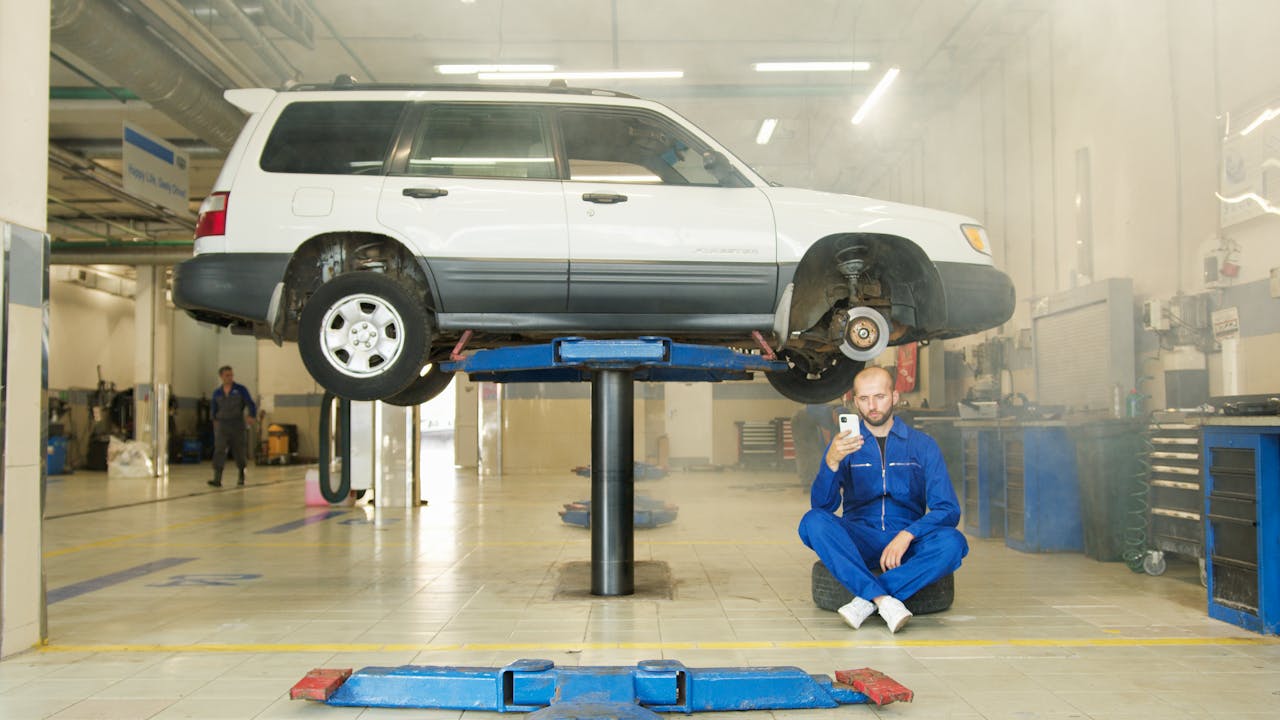Drive-thru technology integration Fort Worth transforms how restaurants connect hardware, software, and site design for faster service. Quick-service restaurants nationwide report order accuracy improvements from 61.8% to 86% when implementing comprehensive technology systems that synchronize every touchpoint from ordering to pickup.
We coordinate headsets with AI voice ordering support, speed-of-service timers, digital menu boards, and POS integration to create unified operations. Modern installations include kiosks, surveillance systems, contactless payments through QR code scanning, and specialized features like order-ahead lanes with food conveyor systems that enable app-triggered prep when customers approach the site.
Which Systems Are Core To A Modern Drive-Thru?
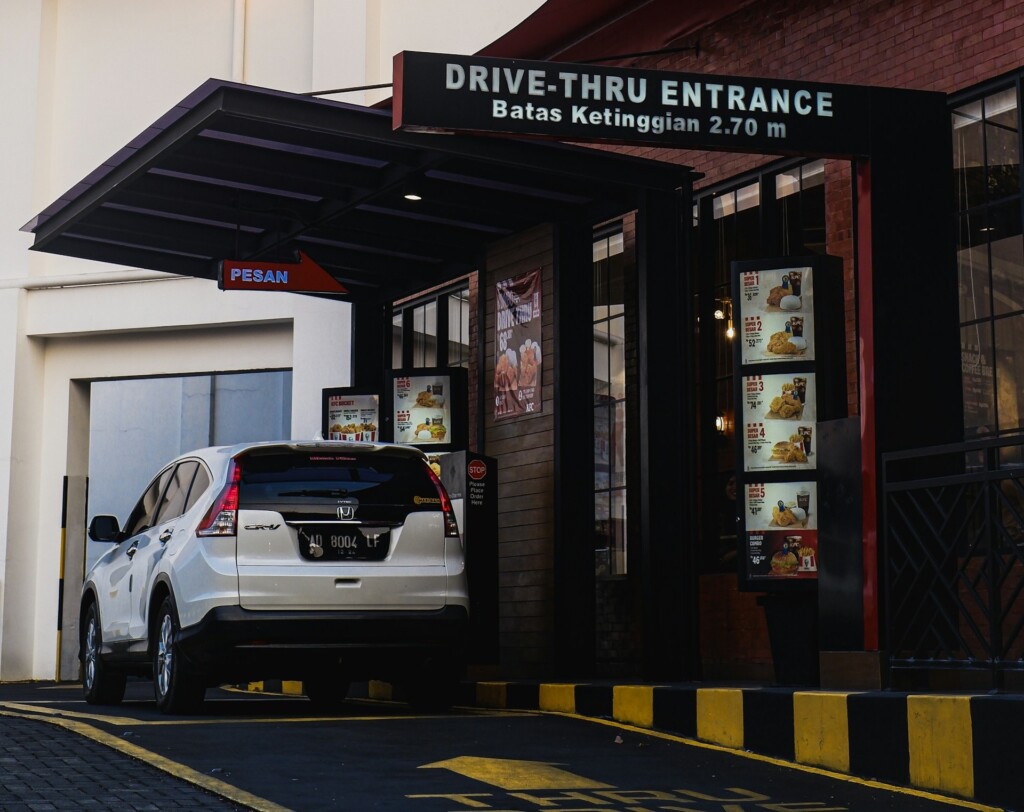
Digital menu boards serve as the visual foundation for modern drive-thru operations. These displays enable real-time updates that let teams instantly highlight promotions, adjust pricing, and remove unavailable items. When evening service begins, the enhanced brightness and clarity help customers make decisions quickly in low-light conditions.
The order confirmation screens built into these systems reduce miscommunication by showing guests exactly what they ordered. This visual verification step helps catch errors before food preparation begins. Operator portals give restaurant teams the ability to preview menu changes, verify accuracy, and train staff before updates go live across all ordering points.
Drive-thru headsets with AI-ready software provide the audio backbone for efficient ordering. Clear communication reduces the back-and-forth that slows service, while advanced noise suppression filters out kitchen sounds and traffic noise. These systems can integrate with AI voice ordering technology, though implementation requires careful calibration to match local accents and menu terminology.
Speed-of-service timers track performance across each stage of the drive-thru process. We see these systems provide objective data that helps teams identify bottlenecks and maintain consistent service standards. Managers use timer reports to adjust staffing during peak hours and recognize top-performing team members.
POS integration connects all ordering channels to ensure menu synchronization and pricing accuracy. When digital menu boards update prices or remove items, the changes reflect immediately across kiosks, mobile apps, and order confirmation screens. This coordination prevents the confusion that occurs when different touchpoints show conflicting information.
Contactless payment options and QR code scanning accelerate transactions while reducing physical contact points. Kiosks complement the drive-thru by handling overflow during busy periods and allowing customers to customize orders without holding up the lane. These self-service options work particularly well for complex orders that require multiple modifications.
CCTV surveillance systems integrate with menu displays and timers to provide operational oversight. Camera feeds help managers monitor line movement, verify order handoffs, and resolve customer service issues. The footage also supports training by showing real examples of both efficient service and areas for improvement.
How Is Site And Building Design Changing For Fort Worth Drive-Thrus?
Physical layouts now reflect the digital transformation happening in drive-thru operations. We coordinate site modifications with technology installations to create spaces that handle multiple service types simultaneously.
Order-Ahead Lane Implementation
Order-ahead lanes with food conveyors represent the most significant layout change we implement. These dedicated lanes serve customers who place mobile orders, featuring conveyor systems that deliver orders directly to vehicles without traditional handoff points. The conveyor mechanism eliminates the need for staff to walk outside repeatedly.
App-triggered prep timing changes kitchen workflows fundamentally. When customers approach the site after placing mobile orders, kitchen teams receive notifications to begin preparation. This coordination reduces wait times and ensures food quality remains consistent at pickup.
Interior Space Reconfiguration
Smaller interior footprints prioritize takeout efficiency over dine-in capacity. We design spaces with pickup shelves positioned near entry points, allowing customers to grab completed orders quickly. Delivery pickup rooms provide separate areas where third-party drivers collect orders without interfering with regular customer flow.
Kiosk ordering stations replace traditional counter service in many locations. These self-service units connect directly to kitchen display systems, streamlining order processing while reducing staffing requirements during peak hours.
Parking And Traffic Flow Optimization
Dedicated curbside pickup spaces require careful positioning relative to building entrances. We place these spots close enough for efficient staff delivery but far enough to avoid conflicts with drive-thru lane traffic. Delivery driver parking gets separated from customer areas to prevent congestion during busy periods.
Traffic flow planning considers how different service types interact on the same site. Curbside customers need clear pedestrian paths, while delivery drivers require quick vehicle access that doesn’t block other services.
Clearance And Safety Planning
Drive-thru clearance planning addresses height restrictions and lane width requirements. Posted height limits prevent oversized vehicles from entering lanes they cannot navigate safely. Clear signage systems guide different vehicle types to appropriate service areas.
Lane design incorporates wider dimensions than traditional drive-thrus. Standard 9-foot lanes expand to 10 or 12 feet to accommodate team members conducting upstream ordering activities. These wider lanes also improve safety when staff interact with customers outside vehicles.
What Integration Practices Help New Construction, Remodels, And Multi-Store Rollouts?
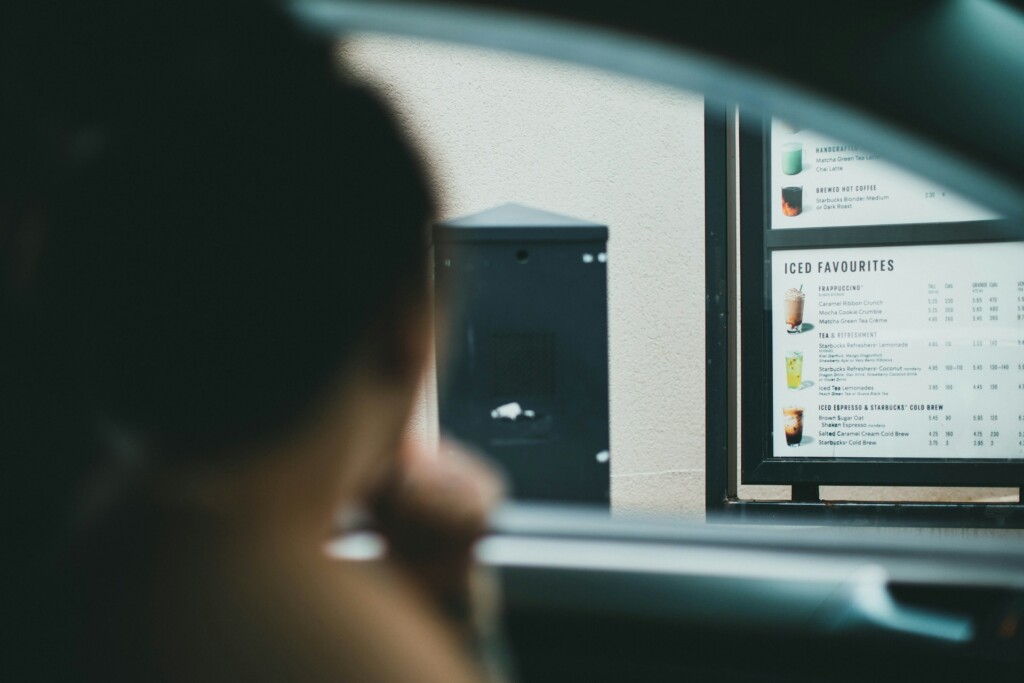
Multi-store deployment requires coordinated project management to maintain consistency across locations. We align technology rollouts with construction schedules, ensuring each site receives the same equipment configuration and installation standards. This approach prevents variations that can complicate maintenance and staff training later.
Proper project management includes staging equipment deliveries, coordinating with local utilities, and scheduling installations around construction milestones. When rolling out across multiple locations, we create detailed deployment schedules that account for site-specific challenges like permit requirements or utility access.
On-Site Installation And Technical Services
Skilled technicians handle the installation and servicing of headsets, timers, menu displays, kiosks, and surveillance systems. On-site installation ensures equipment is positioned correctly for optimal performance and integrated properly with existing infrastructure. This hands-on approach allows for real-time adjustments during setup.
Technical teams verify all connections, test system functionality, and address site-specific requirements during installation. They also provide immediate troubleshooting if issues arise during the initial setup phase, reducing delays that could impact opening schedules.
Early POS Compatibility Verification
We verify POS compatibility early in the planning process to ensure digital menu boards and ordering tools connect cleanly with existing systems. This reduces integration complexity and prevents costly retrofits later. Early testing identifies potential conflicts between new drive-thru technology and current point-of-sale infrastructure.
Compatibility checks include testing data flow between menu management systems and POS terminals, verifying that order information transfers accurately, and ensuring payment processing integrates seamlessly. This step prevents operational disruptions during the transition to new systems.
Content Design For Order Accuracy
We design digital content to show orders clearly on-screen, keeping menu displays readable and avoiding over-animated elements that distract from essential information. Clear visual confirmation helps reduce order errors and improves customer confidence in the accuracy of their purchase.
Menu readability standards include appropriate font sizes, high contrast ratios, and logical information hierarchy. Static or minimal animation prevents visual fatigue while maintaining customer engagement. Content governance ensures consistent presentation across all locations.
Staff Training And System Preparation
Teams use operator portals to preview, train on, and validate system changes before go-live. This preparation phase allows staff to become familiar with new interfaces and workflows without affecting customer service. Training includes both technical operation and customer service protocols.
Operator portals provide controlled environments where staff can practice common scenarios, learn troubleshooting procedures, and understand system capabilities. We schedule training sessions to ensure adequate coverage without disrupting normal operations.
Strategic Technology Evolution
We explore advanced features like AI voice ordering or dynamic pricing carefully, matching implementations to guest expectations and operational readiness. Technology rollouts follow a measured approach that prioritizes proven solutions before introducing experimental features.
Each new technology addition undergoes pilot testing to assess customer response and operational impact. This cautious evolution prevents overwhelming staff or customers while maintaining the benefits of technological advancement.
Conclusion And Next Steps
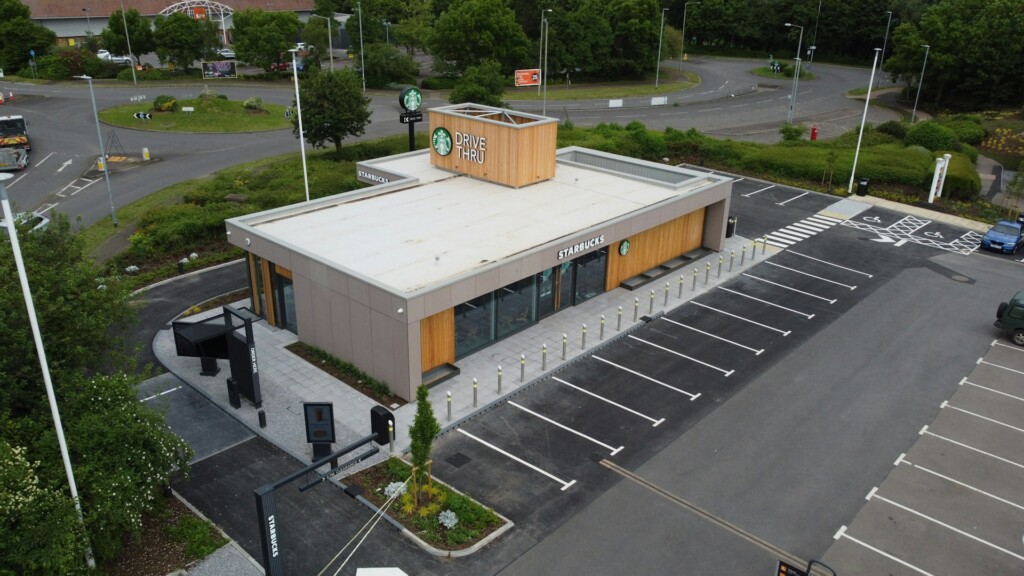
Drive-thru technology integration Fort Worth represents a strategic fusion of digital systems and purposeful site design. We coordinate these elements to accelerate service and enhance order accuracy across every touchpoint. The foundation centers on digital menu boards linked to POS systems, AI-ready headsets, speed-of-service timers, kiosks, surveillance networks, and specialized features like order-ahead lanes with food conveyors.
Successful builds and remodels require synchronized deployment, professional on-site installation, comprehensive staff training, and clear digital content standards. We begin with thorough POS compatibility verification and carefully pilot high-impact features before expanding. Multi-location rollout demands consistent project management to ensure uniform performance and guest experience across all sites.
Ready to integrate advanced drive-thru technology into your Fort Worth development? Contact EB3 Construction to discuss your project requirements.


